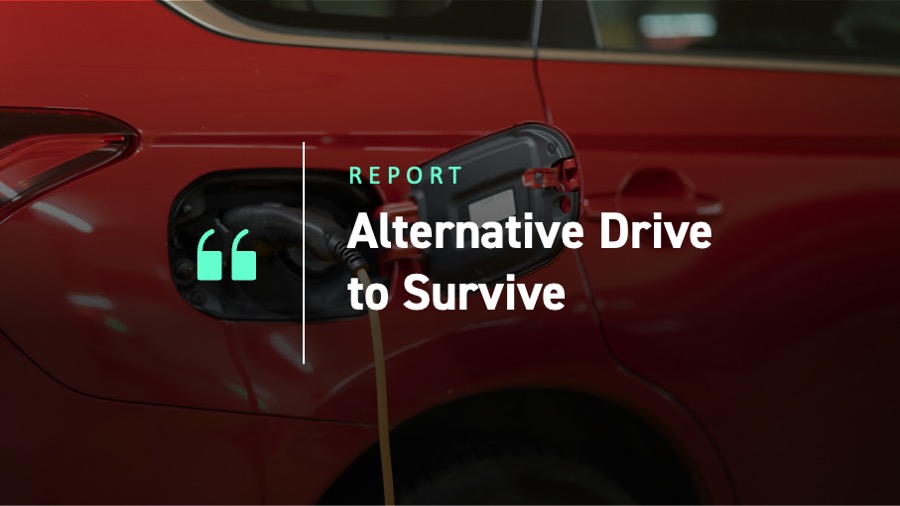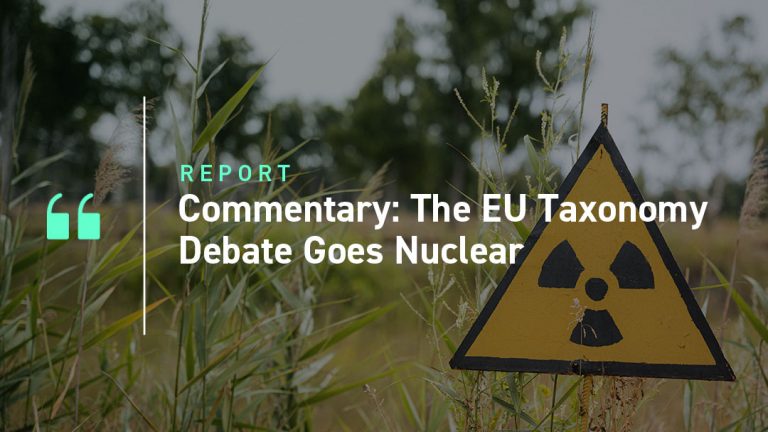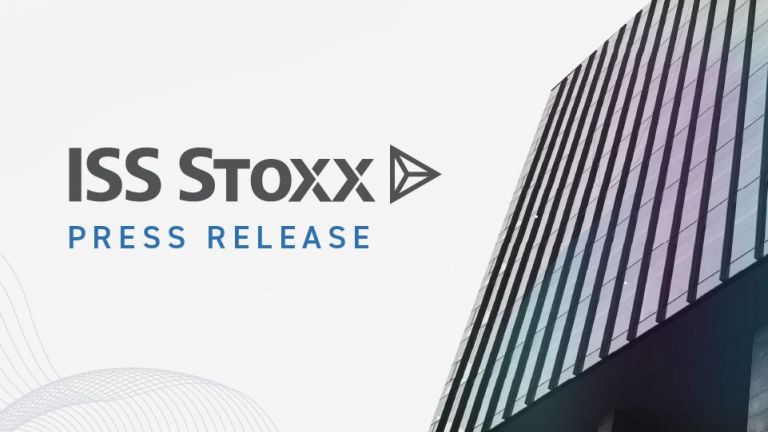This post reviews the current state of green drive-relevant regulation and the overall shape of the alternative drive industry across different markets. ISS data shows that alternative-drive companies remain concentrated in the United States and China, helped considerably by supportive government policies.
2023 saw electric vehicle sales account for almost 20% of global car sales, with nearly 95% of these sales being in the United States, China, and Europe. Sales surged in key markets through supportive regulation that encouraged increased competition, price reduction, and improvement in infrastructure.
Regulatory Landscape by Region
The United States focuses on increasing domestic production of electric vehicles (EVs), with the Biden administration introducing the Inflation Reduction Act (IRA) in 2022. The IRA meant manufacturers are now able to benefit from grants for EVs that meet required standards. As of 2024, this has directly resulted in $199 billion of investments for EV manufacturers, 63% of which came after the IRA was passed.
Around 200,000 EV-related jobs were announced, at least partly because of IRA-related investments. An uptick in EV sales resulted from companies competing for market share, the implementation of the IRA, and the continuing decrease in battery prices, all of which culminated in significant price reductions for consumers.
The United States is also concerned with domestic production to ensure national security: a 100% tariff was placed on EVs produced and imported from China. This is in response to the significant subsidies from Beijing allowing Chinese EVs to be priced lower than U.S. alternatives.
The EU has a commitment in place to phase out conventional combustion engines entirely by 2035. Yet the bloc has a long way to go to achieve this. From a production perspective, Europe is more acutely exposed to the Chinese EV demand, as European manufacturers have struggled to secure the infrastructure to satiate current demand.
In contrast, China requires every car manufacturer to produce alternative vehicles. This policy is supported by heavy governmental subsidies and government tax breaks. In addition, many battery components come from China; therefore, Chinese industry can draw on these resources alongside lower labor costs.
The Adoption of EVs and Hybrids
Electric vehicle technology’s cost profile has lowered the barriers to entry into the automobile industry in recent years. EVs’ simpler technology and supply chains, compared to the traditional combustion engine, mixed with incumbents’ passive approach to new technologies, may have opened doors to new Chinese and American car companies. Building upon advantageous, often green, government policies, car and EV battery manufacturers are on track to invest $1.2 trillion, spread across the United States, Europe, and China, by 2024.
The rise in alternative drives forced existing incumbent companies to diversify their fleet production, while new companies entered the market with innovative technologies. All car manufacturers established in the 21st century (excluding two European firms founded out of the corporate actions of existing firms) are pure-play alternatives. (Pure-play companies generate ≥90% of their revenue from electric or hybrid vehicle-related production, while traditional automotive manufacturers derive ≤10% from these activities.)
As Figure 1 illustrates, all pure-play car manufacturers (n = 8) are in China and the United States, while Europe and Japan have a larger proportion of companies generating income from mixed technology sales.
Figures 1: Companies Split by Their Respective Geographies and Fleet Mix (Absolute and Relative Market Cap)

Note: Due to rounding, not all percentages add up to 100.
Source: ISS ESG
United States
As evident from Figure 1, most pure-play EV/hybrid companies are based in America. The United States displays a clear difference between historical manufacturers, generating around 7% of their revenues from alternative drives, and pure-play alternative drive companies, with more than 90% of their revenues from these sources. As per Figure 1, the five pure-play companies have a market capitalization of around 80%.
Many car manufacturers are now able to offer EVs and other alternative drive vehicles at different price points, with the biggest names establishing targets for electrifying their entire fleets. Established market-leading companies are learning to pivot and close the gap with pure alternative drive players in the market. Electrification remains the main alternative drive technology for American manufacturers, with only the larger traditional incumbents opting for the more niche hydrogen and natural gas drives.
Europe
Established European companies have expanded into electrification and hybrid engines, pursuing a mixed-revenue approach. More than half of car companies, by market cap, are labeled as mixed producers.
European car manufacturers are facing severe challenges that inhibit their ability to invest in production capacity. Key European countries, such as Germany, have removed EV subsidies; this reversal was followed by a sharp decline in German sales as consumer grants were removed.
Europe is highly exposed to supply chain risks, as manufacturers are dependent on Chinese batteries. European producers aim to end this reliance, and they may ensure a self-sufficient battery supply chain by 2030. A concern raised in Europe, however, is that the region currently lacks a comprehensive strategy to ensure manufacturers are supported in the shift towards a climate-focused approach. If the EU does not propose a consolidated strategy, it risks falling behind in the global race for market share.
European car makers have invested heavily in the U.S. market, with investments in Europe growing by only €4 billion in 2023. Further, foreign investment in Europe is limited, with 80% of European investment being domestic. As a result, Europe’s ability to compete globally could be severely hindered and is a significant risk for manufacturers.
Affordable European EVs are not yet market-ready, and charging infrastructure has seen a variable adoption rate across the continent. Moreover, some European companies are also encountering challenges in the EV transition, placing the market in further uncertainty. Traditional European carmakers will likely need to pivot effectively to compete.
China
As Figure 1 shows, China has a more diverse breakdown of producers, with roughly half of its producers being traditional manufacturers and over one-third being recategorized as mixed due to the increasing popularity of EVs. Strategies for other alternative drive technologies are in place for most Chinese manufacturers (see Figure 2), but serial production is not yet underway.
The Chinese market experienced forced inflation of EV uptake due to government subsidies, tax breaks, and other measures to encourage EV production and purchases. China saw a boom in pure-player EV producers and had major success in exporting alternative drives across key jurisdictions.
The rollout of the Chinese-made EV tariff in the United States, and the potential for the EU to follow suit, exposes Chinese companies to significant risk. With the introduction of tariffs, carmakers may not be able to offer reduced prices, which could jeopardize the high growth in sales. Opportunities remain for supply-chain consolidation to exploit economies of scale and for continued investment in research and development to achieve sustained advancements in technology.
Japan
Japanese producers predominantly have a split revenue stream, as the traditional manufacturers have embraced EVs. However, due to their focus on natural gas and hydrogen cars, electrification has not been a significant revenue source. Overall, less than half of Japanese companies generate more than 10% of their revenue from EVs.
Despite Japan’s historical innovation in the industry, its decision to focus on hydrogen fuel cell technology versus EVs means that they are falling behind in the latter area. Sales for alternative drives in Japan accounted for only 3.6% of total sales in 2023, well below the percentages for the markets mentioned above.
Automobiles account for more than 12% of all Japan’s exports, meaning that if Japanese manufacturers can no longer compete on the global stage, there could be serious economic ramifications. This might mean unemployment in the automotive industry and its supply chain, reduced foreign investment in the economy, and potential depreciation of the yen.
A significant Japanese car manufacturer is now making changes within management and implementing sales targets for EVs to boost competitive strength and improve investor sentiment. However, some production and sales targets have been lowered.
As illustrated in Figure 2, 100% of Japanese car manufacturers have strategies for hydrogen and natural gas vehicles. This technology has not been as vital to producers from other regions.
Figure 2: Proportion of Companies with Dedicated Strategies for Alternative Drives

Source: ISS ESG
EVA
Figure 3 shows ISS EVA (Economic Value Added) data for traditional, mixed, and pure-play car producers, providing weighted average scores by market cap on different EVA indicators for each producer type.
Figure 3: EVA Components for Different Producer Types (Weighted Average Using Market Cap)
| Producer Type | Quality (P-R) | Profitability Score (P) | Risk Score (R) | Vulnerability (R2) | Valuation Score (V) | EVA Margin | EVA Momentum |
| Traditional | 41 | 53 | 77 | 60 | 15 | -0.5% | -0.3% |
| Mixed | 62 | 72 | 65 | 56 | 44 | 3.4% | 1.5% |
| Pure-Play | 43 | 66 | 97 | 83 | 94 | 3.6% | -4.3% |
| Industry Average | 50 | 66 | 80 | 67 | 57 | 2.6% | -1.1% |
Source: ISS EVA
Pure-play EV car producers’ stocks have significantly lower quality (risk-adjusted profitability) compared to mixed producers.
In the EVA framework, pure-plays have significantly higher levels of risk (scoring 97 vs a weighted industry average of 80), driven by high financial vulnerability. EVA vulnerability is the percentile score of the stock’s cash flow and creditworthiness.
Investor expectations for the future value creation of these companies are very high, as displayed by the high average valuation score. This is likely due to the high market expectation for electric vehicle expansion and the potential future uses of EV technology.
Mixed producers have the highest aggregate EVA quality, with comparatively lower levels of risk and higher levels of profitability. Relative to the rest of the industry, mixed producers have lower vulnerability.
These mixed-producer companies have a similar level of EVA margin (profitability) as pure-plays, suggesting that the mixed companies’ profit margins are higher than the traditional incumbents, without some of the risks associated with electric vehicle companies. Additionally, the mixed-producer companies’ EVA momentum (growth) was on average positive over the last four quarters, unlike the averages for traditional and pure-play companies and the industry as a whole.
Despite Europe having relatively weak scores in the EVA framework, European companies have relatively high economic profit margins, with an average EVA margin of 3.8%, 120 basis points above the industry average (Figure 4). However, European producers have been experiencing negative EVA momentum over the past 12 months.
Figure 4: EVA Components for Different Regions (Weighted Average Using Market Cap)
| Region | Quality (P-R) | Profitability Score (P) | Risk Score (R) | Vulnerability (R2) | Valuation Score (V) | EVA Margin | EVA Momentum |
| Europe | 56 | 63 | 59 | 50 | 32 | 3.8% | -0.3% |
| USA | 42 | 64 | 96 | 81 | 87 | 3.1% | -4.5% |
| Japan | 42 | 58 | 83 | 66 | 20 | 0.2% | 1.3% |
| China | 64 | 75 | 70 | 57 | 55 | 2.4% | 1.7% |
Source: ISS EVA
Chinese car manufacturing stocks have a relatively high risk-adjusted profitability or quality compared to the other regions and a high EVA momentum over the past year, which is not a trend shared with the rest of the global car manufacturing market.
American companies have on average very low overall EVA scores due to the relatively high level of risk (incorporating vulnerability) and valuation. This is partially down to the relatively high market share of pure-play electric vehicles. The EVA margin is higher than the industry average, but the -4.5% EVA momentum shows significant decreases in economic profit.
Japanese car manufacturers have relatively lower levels of quality, with the lowest levels of profitability and second-highest levels of risk of the four main regions. Japanese car manufacturers have very low levels of EVA margin, 2.4 percentage points lower than the industry average. They also have the lowest level of valuation scores, a low quality score, and low dependency on future growth.
Conclusion
ISS data illustrates that alternative drive companies remain concentrated in the United States and China. The historically significant manufacturers in Japan and Europe have not witnessed as many new entrants; incumbents have opted for diversification of existing companies.
The United States and China have seen an influx of investment to advance innovative technology and optimize manufacturing capacity. Both regions are experiencing comprehensive governmental policy support to encourage resilience in the global market.
As the car manufacturing market shifts to alternative drive vehicles, pure EV producers have found a way into an industry with historically high barriers to entry. Faced with competition from pure-play alternatives, incumbents continue to shift their focus and pivot to a mixed approach to retain market share.
Mixed producers have the highest aggregate EVA quality due to their lower financial risk and higher levels of profitability. Pure-plays have higher risks, high vulnerability, and high valuation with high expectations. Traditional producers remain the best-valued stocks but with negative EVA margins and low growth.
As EVs continue to be the preferred alternative drive technology, government subsidies and beneficial supply chains will be key in determining whether automobile manufacturing remains in regions such as Europe, as U.S. and Chinese alternative drive manufacturing expands.
Explore ISS ESG solutions mentioned in this report:
- Identify ESG risks and seize investment opportunities with the ISS ESG Corporate Rating.
- Understand the F in ESGF using the ISS EVA solution.
By:
Nick van Baal, Associate, ESG Corporate Ratings, ISS ESG
Arianna Scott, Associate, ESG Corporate Ratings, ISS ESG




